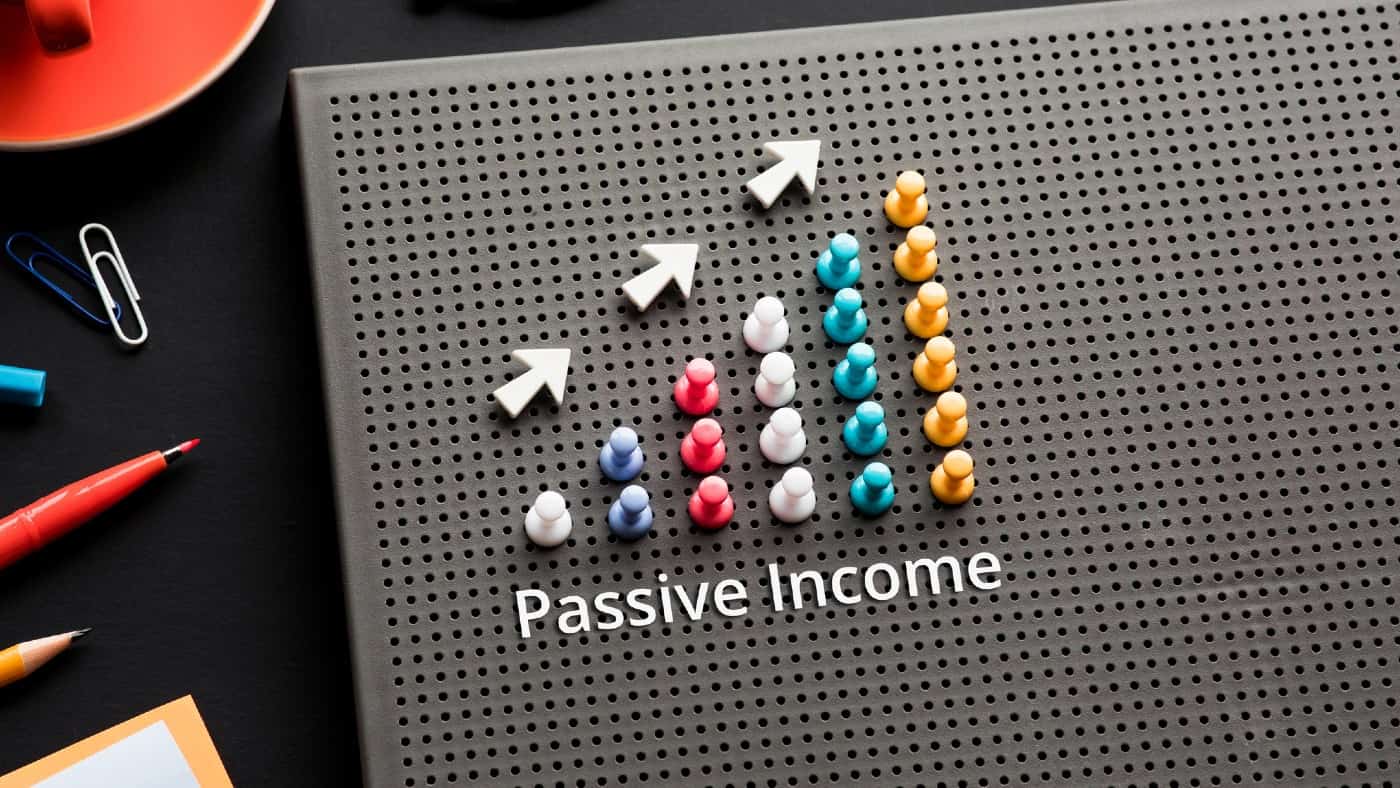Passive income is essentially money made with minimal daily effort on the part of the investor. And as Warren Buffett said: “If you don’t find a way to make money while you sleep, you will work until you die.”
The best way I have found to make money while I sleep is by investing in high-dividend-paying shares.
I then use these payouts to buy more of the same stocks – known as ‘dividend compounding’. This is the same idea as compound interest, but rather than the interest being reinvested, dividend payments are.
Consequently, the size of my investments grows, paying me more and more in dividends over time.
Stock selection
The FTSE 100 has many high-quality stocks that pay high dividends, so nearly all my UK investments are in this.
My core high-yield portfolio currently comprises Phoenix Group Holdings, M&G (LSE: MNG), British American Tobacco, abrdn, and Legal & General.
These respectively yield around 10.6%, 9.8%, 9.5%, 9.4%, and 8.1% at present.
This gives an annual average passive income rate of around 9.5% compared to the 3.8% average FTSE 100 yield.
A case in point
Aside from a high payout, each of these companies looks undervalued against their peers to me. For example, a discounted cash flow analysis shows M&G – in which I recently increased my holding – looking around 50% undervalued.
So, based on the current share price of £2.02, a fair value would be about £4.04.
There is no guarantee it will reach that price, of course. But it does reduce the chances of a sustained share price fall wiping out my dividend gains, in my view.
I also check that the business looks set for growth, as this is what drives share price and dividend gains over time.
A risk for M&G is its relatively high debt-to-equity ratio of around 1.9. Another is a genuine new global financial crisis.
However, consensus analysts’ expectations are that its earnings will grow at 18.9% a year to the end of 2026. Earnings per share are forecast to increase by 18.3% a year to that point as well.
How much passive income?
If I invested £9,000 in M&G now on a yield of 9.8%, I would make £882 this year.
If I took that out of my portfolio and spent it, I would receive another £882 next year. Over 10 years, I would make £8,820, provided the average payout remained the same.
Crucially though, if I reinvested the dividends paid to me back in the stock, I would make much, much more.
Specifically, by doing this I would have an additional £14,885 instead of £8,820 after 10 years. This would mean £23,885 in total, paying £2,221 a year in dividends, or £185 a month.
After 30 years, it would be £168,222, paying me £15,643 a year in passive income, or £1,304 every month!
Inflation would reduce the buying power of the income over time, of course. And there would be tax implications according to individual circumstances.
However, the figures underline what big passive income can be made from much smaller investments, especially if the dividends are reinvested.








